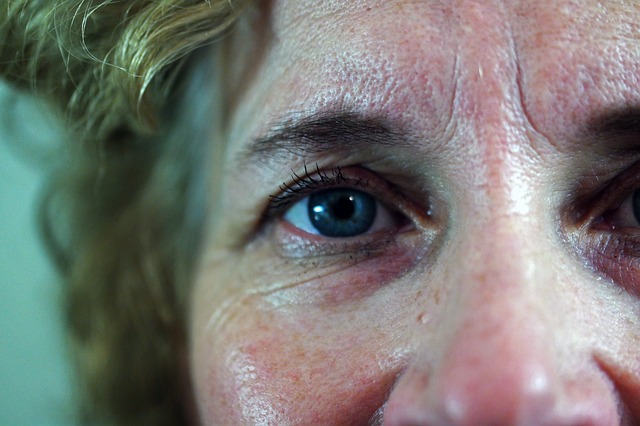Personalized education and risk assessment for people with diabetes visiting the ophthalmologist did not improve hemoglobin A1c levels or glycemic control.
 Providing personalized education and risk assessment for patients with diabetes when they visit the ophthalmologist did not improve glycemic control as measured by hemoglobin A1c levels compared with patients who received usual care, according to a study published online by JAMA Ophthalmology.
Providing personalized education and risk assessment for patients with diabetes when they visit the ophthalmologist did not improve glycemic control as measured by hemoglobin A1c levels compared with patients who received usual care, according to a study published online by JAMA Ophthalmology.
Intensive blood glucose control can reduce the onset and progression of microvascular complications in people with diabetes. However, optimal glycemic control as measured by HbA1c is notoriously difficult to achieve. A potential strategy to improve glycemic control is to leverage factors known to be highly motivating for people with diabetes, including fear of vision loss.
Allison R. Ayala, M.S., of the Jaeb Center for Health Research, Tampa, Fla., and coauthors conducted a randomized trial to determine whether combining personalized risk assessments and diabetes education at an ophthalmologic visit would improve glycemic control in people with diabetes.
Adults with type 1 or 2 diabetes were enrolled in two groups: those with more-frequent-than-annual follow-up (502 control participants and 488 intervention participants) and those with annual follow-up (368 control participants and 388 intervention participants).
Participants in the control group who received usual care did not get any additional education regarding diabetes beyond the ophthalmologist’s standard visit approach. Participants in the intervention had HbA1c levels, blood pressure and retinopathy severity measured at each standard-of-care visit (but not more often than every 12 weeks) and they received personalized risk assessments for renal disease and retinopathy, graphs charting their HbA1c levels and supplemental diabetes education materials.
Continue Reading Below ↓↓↓
The study found that in the group with more-frequent-than-annual follow-ups, the average change in HbA1c level at one year was -0.1 percent in the control group and -0.3 percent in the intervention group. In the group with annual follow-ups, the average change in HbA1c level was 0.0 percent in the control group and -0.1 percent in the intervention group.
“Although the addition of personalized education and risk assessment during ophthalmologic visits in our study did not improve glycemic control, long-term optimization of glycemic control is still a cornerstone of diabetes care. These results suggest that optimizing glycemic control requires more extensive interventional paradigms than were examined in our study and further research into new technologies and models of behavioral change. In the meantime, ophthalmologists and all other diabetes care professionals should continue their efforts to maximize education, assessment, systemic control and treatment of complications for patients with diabetes,” the study concludes.
This work was supported by a cooperative agreement from the National Eye Institute, the National Institute of Diabetes and Digestive and Kidney Diseases, the National Institutes of Health, and the U.S Department of Health and Human Services.
Source: The JAMA Network Journals.
Journal: JAMA Ophthalmology Published. doi:10.1001/jamaopthalmol.2015.1312.










